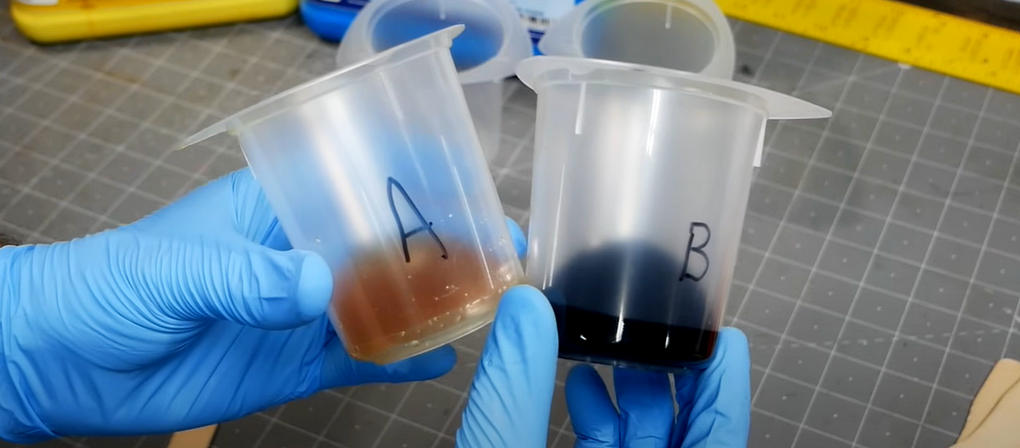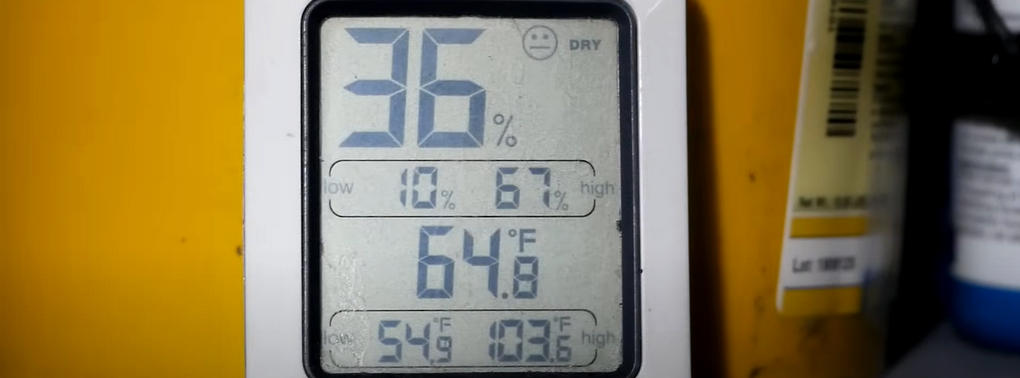Making resin castings sounds simple—mix, pour, and let it cure. But if you’ve ever ended up with sticky, uneven, or crumbling results, you know there’s a little more to it. Mistakes in resin casting are common, but the good news is they’re easy to avoid once you understand the process. Here’s a detailed look at some common resin casting mistakes and how to sidestep them for better, long-lasting results.
Not Premixing Resin Materials
Ever find sludge at the bottom of your resin container? Or maybe your expanding foam didn’t rise as expected? These are common problems caused by not premixing your materials.
Most resin components settle during storage or shipping. Fillers, additives, and active chemicals can sink to the bottom, leaving you with an uneven mixture if not properly stirred. This can lead to weak molds, improper curing, or shorter mold lifespans.
The fix is simple: always premix your Part A (and sometimes Part B) before combining them. Use a strong mixing stick or a heavy-duty paint mixer for larger containers. After stirring, let the material sit to release any trapped air bubbles before pouring into your mold. This small extra step can save you from big headaches down the road.
Quick Tips:
- Gloves and Safety First: Resin components can irritate skin. Gear up.
- Plan Ahead: Mix several hours early to allow air bubbles to rise naturally.
- Heavy-Duty Stirrers: Tongue depressors work for small batches, but bigger jobs need sturdier options, like tools from your local paint store.
Skipping Double Mixing

Think one round of mixing is enough? Not quite. When you mix resin in a cup, some material can get trapped in the corners and edges, leaving you with uneven results. This often shows up as swirls, sticky spots, or areas that won’t fully cure.
Double mixing is the solution. After thoroughly combining Part A and Part B in one container, pour everything into a new, clean cup and mix it again. This ensures all components are fully incorporated.
You might feel it’s an unnecessary step, but think of it as insurance. A sticky, unusable mold is far worse than the cost and effort of using an extra mixing cup.
Pro Tips:
- Choose Your Stick Wisely: Rounded sticks leave resin in corners. Use squared-edge mix sticks to reach every crevice.
- Keep Test Cups: Let the leftover mix cure in the cup to check if your blend was correct.
Uneven Surfaces: The Silent Mold Killer
If your casting looks thicker on one side or has thin, fragile spots, your mold wasn’t on a level surface. Working on uneven ground allows gravity to pull liquid resin to one corner, ruining your cast.
Always level your workspace before you pour. Use a physical level tool to double-check, especially for larger molds. If needed, create a small adjustable platform with threaded screws to fine-tune before pouring your mix.
Skipping this step might seem harmless, but the post-casting work to fix inconsistent thickness is time-consuming. Worse, you may have to remake the mold entirely.
Easy Fixes:
- Build Adjustable Platforms: Add screws to your mold’s base to allow height adjustments before pouring.
- Check (and Re-check): Test your mold’s level multiple times during setup.
Poor Material Storage Practices

Improperly stored resin materials are a disaster waiting to happen. If you’ve ever opened a container after a few months only to find hardened clumps or strange reactions during curing, your storage is likely the issue.
Resins and hardeners are sensitive to atmospheric moisture and temperature changes. Always store them in a cool, dry place—ideally at 73°F (23°C). Keep containers tightly sealed, and for extra protection, use a moisture-blocking spray like Extend-It to prevent air exposure.
If you live in humid climates, this step is even more critical. For example, humid air can cause accelerated curing of mold materials like silicone, ruining the batch.
Key Storage Rules:
- Keep It Off the Ground: Place containers on shelves to avoid cold floors.
- Seal Properly: Use moisture blockers for extra longevity.
- Buy What You Need: Overbuying only leads to waste.
Rushing the Process
Deadlines are a fact of life, but rushing through resin casting almost always leads to mistakes. Whether it’s mixing the wrong ratio, forgetting to premix, or skipping release agents, haste creates problems that could’ve been avoided.
Taking your time to understand the material’s working and curing times will help. If you’re unsure about a new resin, always do a small test batch. Ten minutes spent testing could save you from hours of redoing the entire mold.
Common Pitfalls to Avoid:
- Wrong Mix Ratios: Double-check every measurement. A 1:1 ratio doesn’t mean “close enough.”
- Release Agents: Never skip applying this to your mold unless you enjoy stuck castings.
Rotocasting Gone Wrong

Rotocasting, or slush casting, is popular for hollow, lightweight pieces like props and costume armor. However, it’s easy to get uneven results or overly thick spots if you’re not cautious.
The key is using the right amount of resin and keeping it moving inside the mold. Too much material will pool, while too little won’t fully coat the interior. Additionally, choose a resin with a shorter working time to ensure it sets before sagging occurs.
Rotocasting Tips:
- Light Layers: Don’t overfill—just enough to coat the interior is ideal.
- Short Working Time: Resins with faster gel times are easier to control.
Knowing Material Compatibility
Certain materials don’t play well together. For example, casting a urethane resin into an alginate mold will result in a foamy disaster. Why? Alginate is water-based, and urethanes react poorly to moisture.
Do some homework before combining materials. If you’re unsure, reach out to a materials expert before you begin. They’ve likely come across your exact scenario and can guide you toward a compatible solution.
Learn about epoxy resin crafts and get inspired to create.
Quick Advice:
- Test First: Always do small-scale tests with new materials.
- Call the Experts: When in doubt, contact the manufacturer’s technical team.
Conclusion
Resin casting is as much about preparation as it is execution. By addressing these common mistakes—like skipping premixing, double mixing, or proper storage—you’ll save yourself stress, money, and time. Whether you’re a seasoned maker or a first-timer, these practical steps will keep your projects on track.
Avoid common resin casting mistakes by premixing materials to prevent uneven curing. Level your workspace to avoid uneven surfaces. Store resin properly in cool, dry conditions. Follow correct ratios, use release agents, and avoid rushing. Test new materials, and ensure compatibility. Taking these steps ensures better results and lasting molds.

